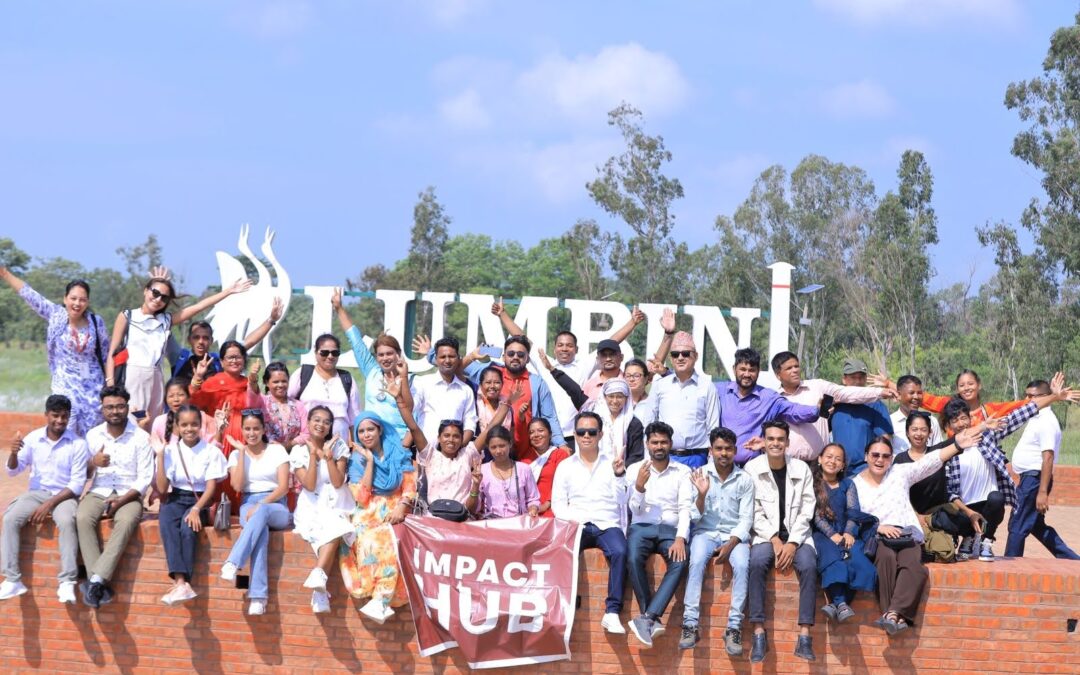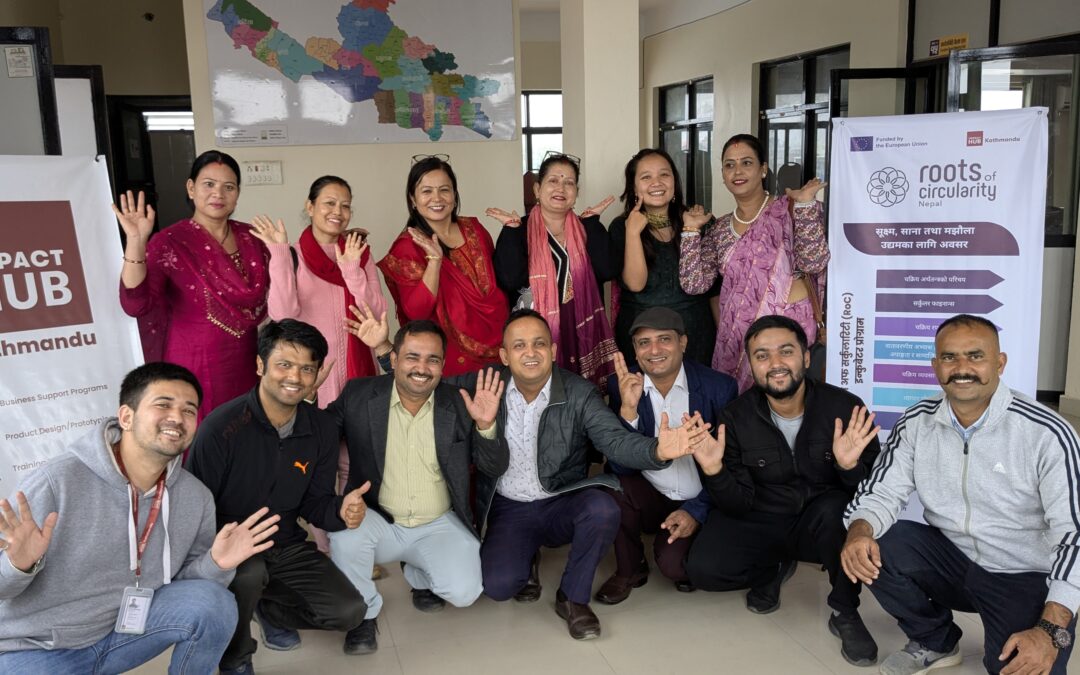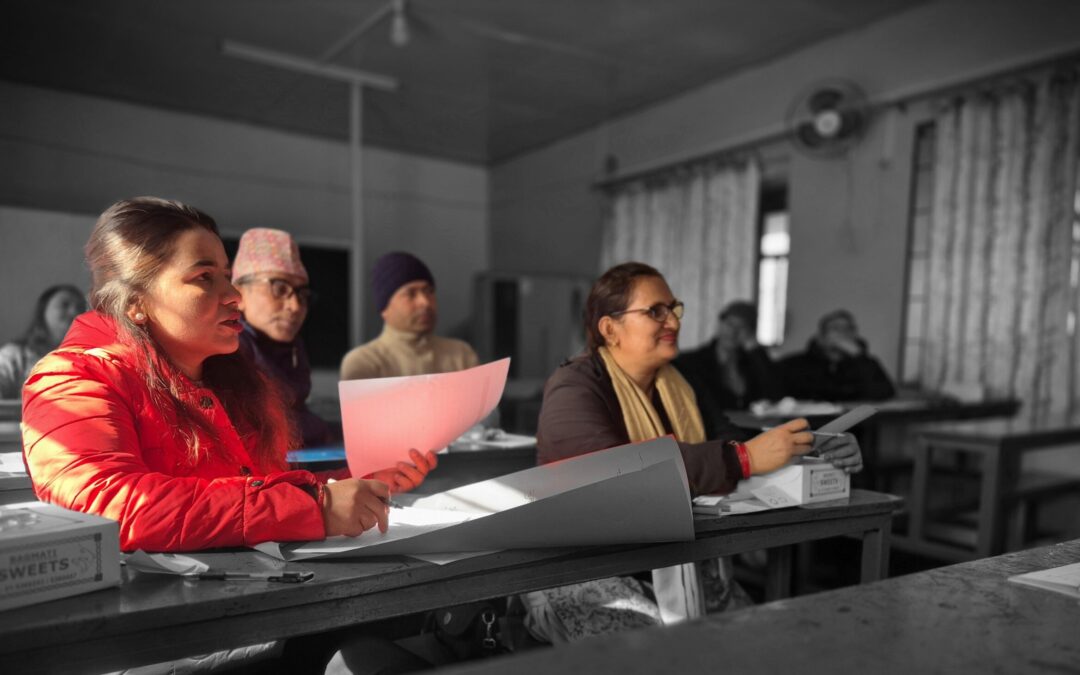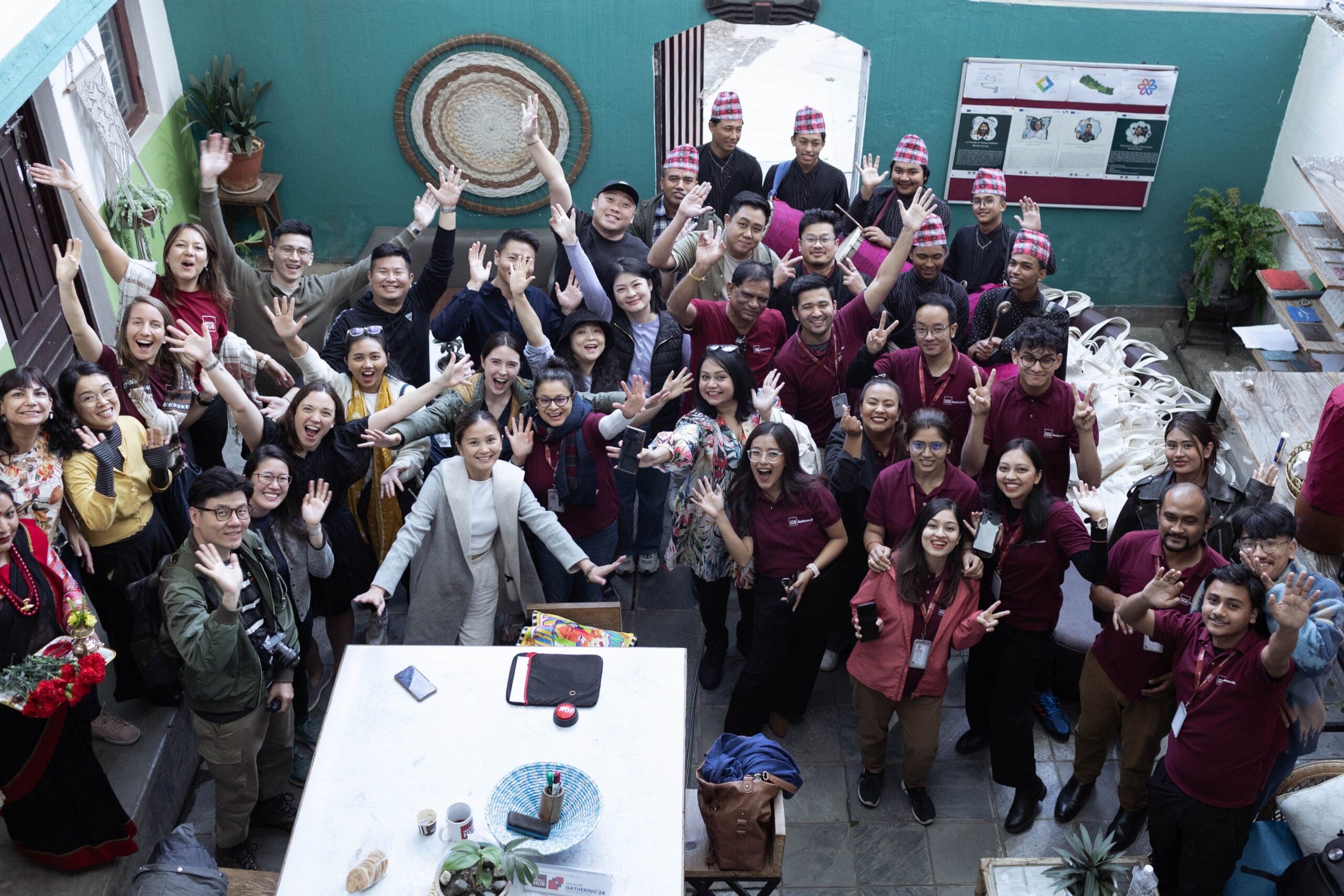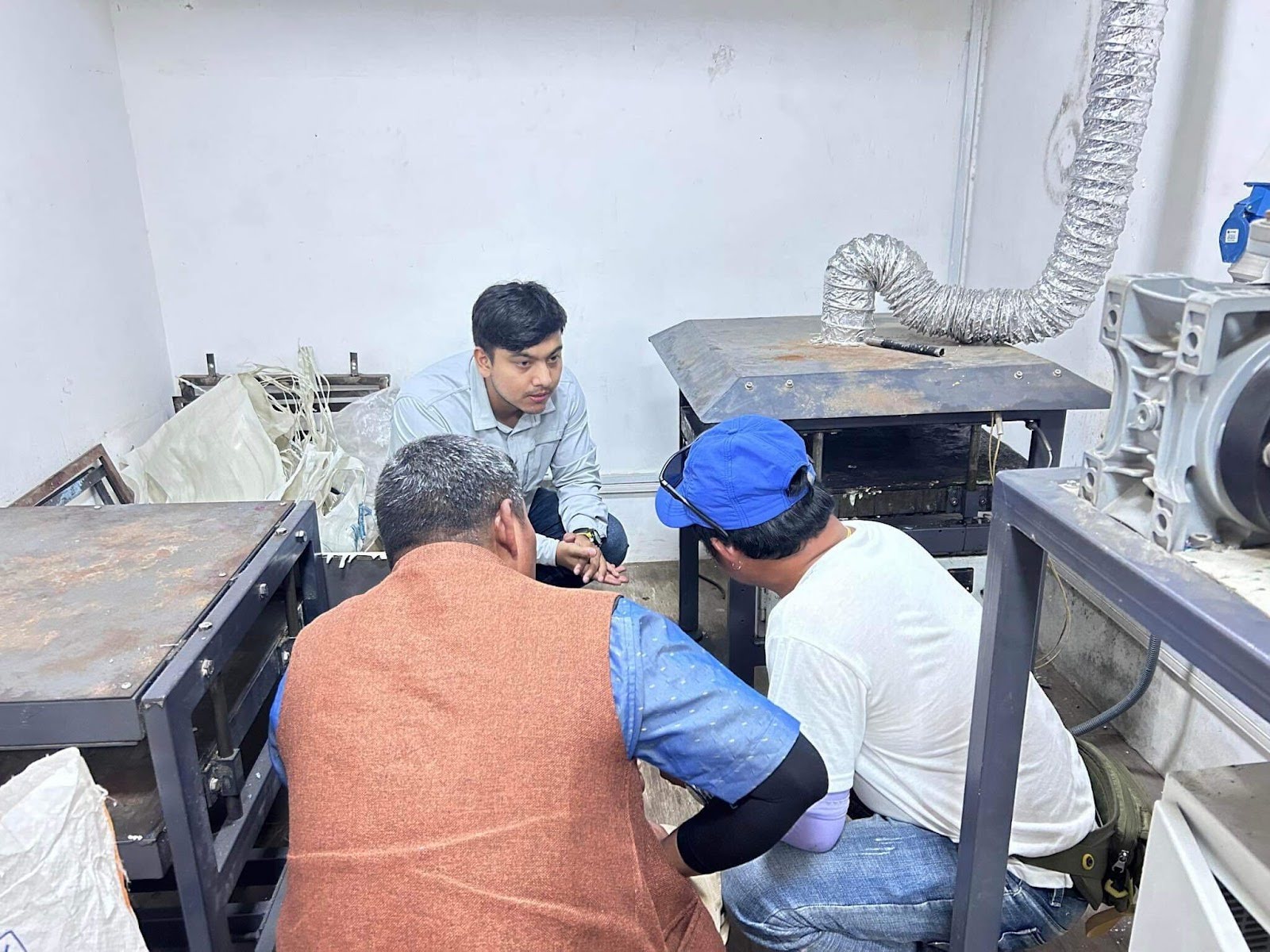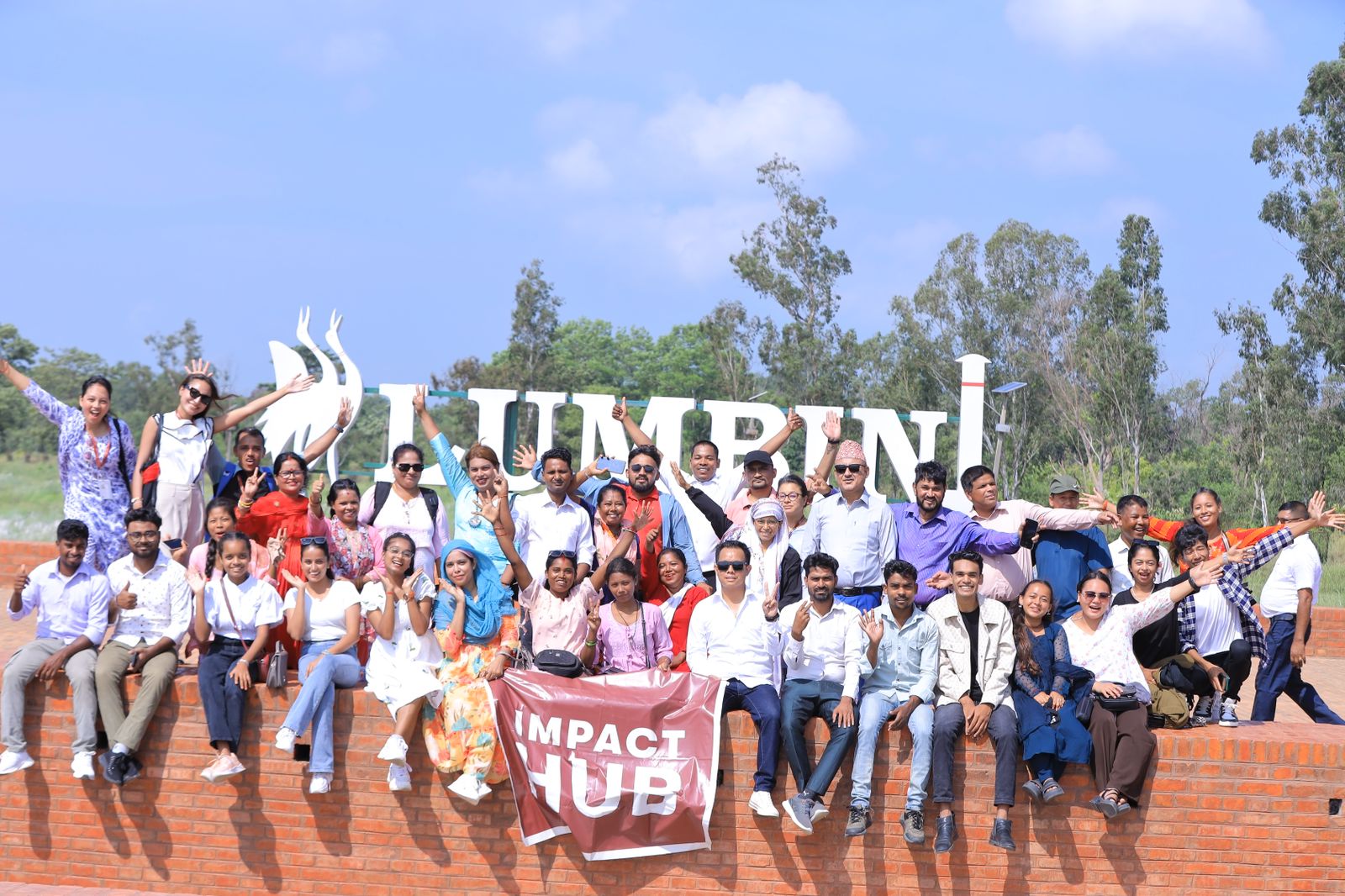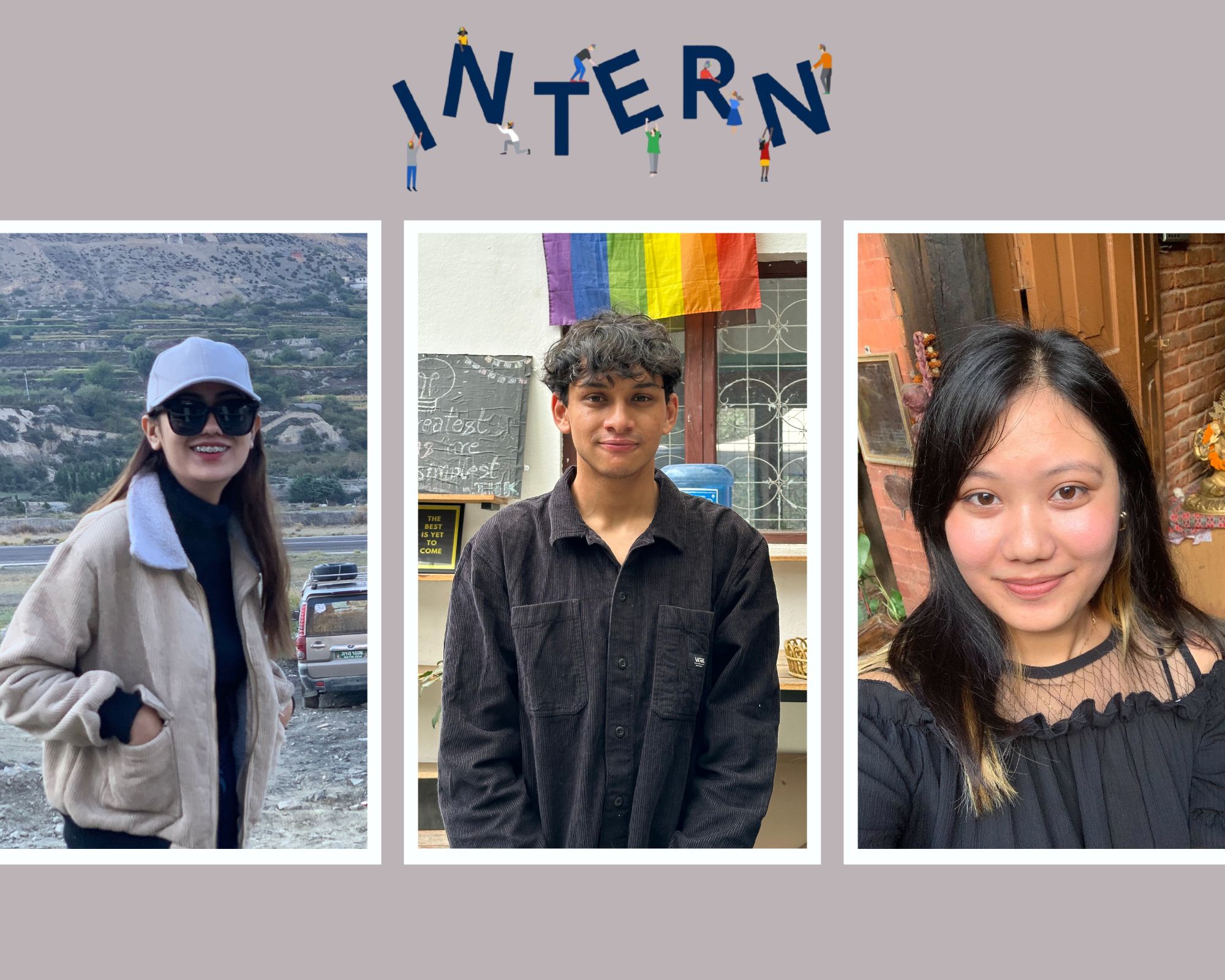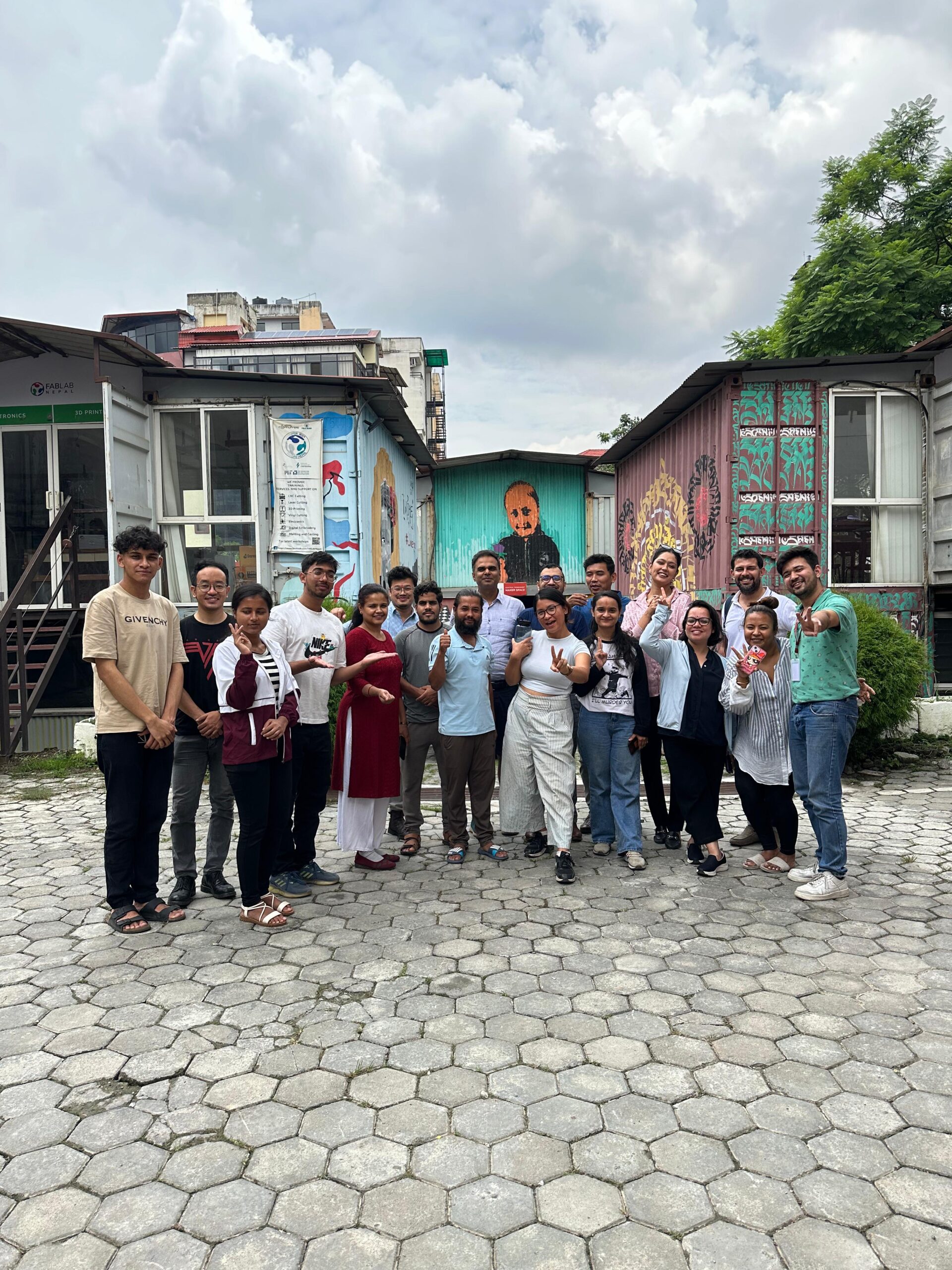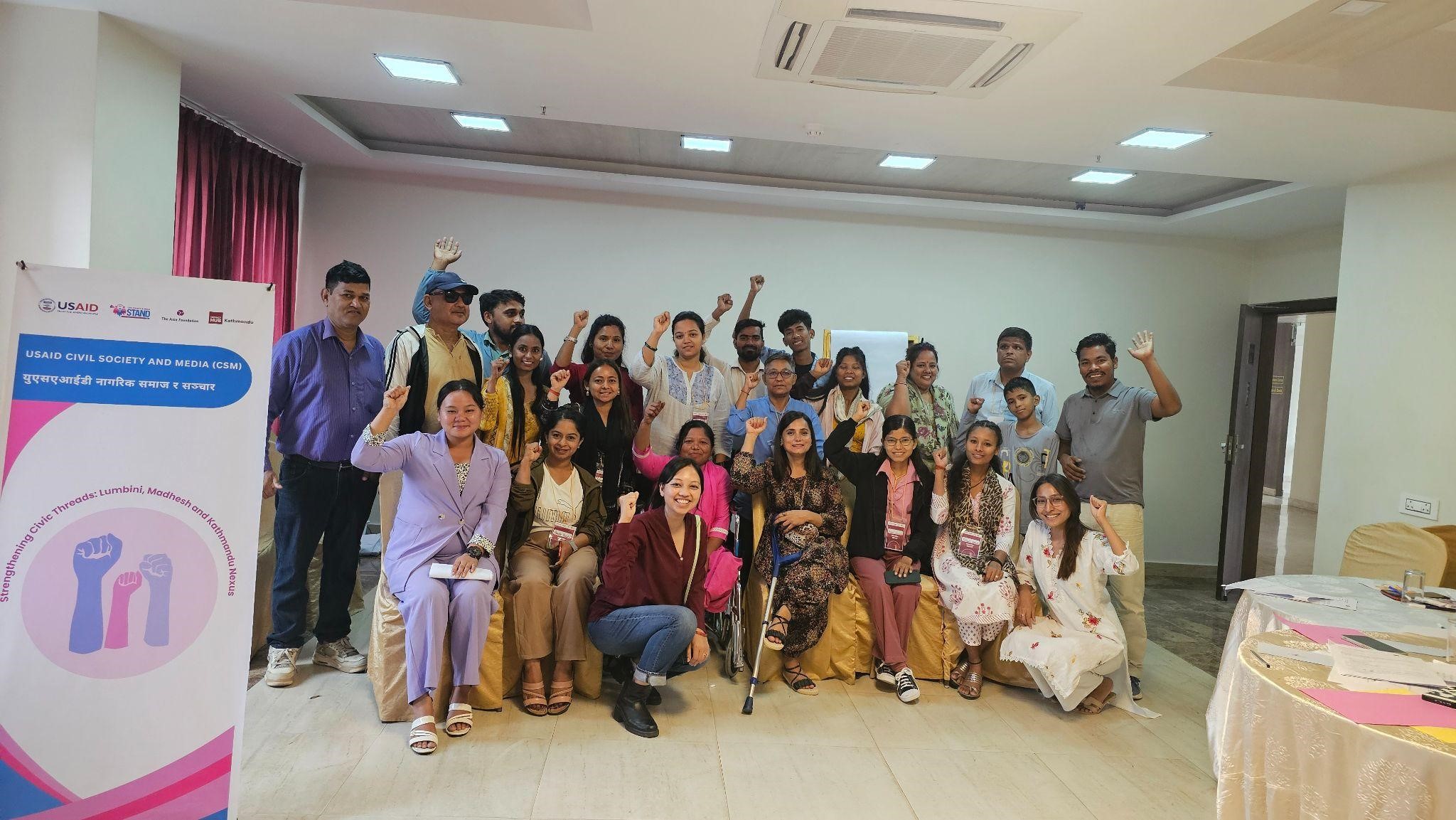Strengthening Young Nepali Students Promoting Gender and Social Equality Through Access to STEAM Educational Programmes
By Melina Tuladhar and Denjing Tamang

Principal Investigator: Dr Alessandra Campoli (Open University)
Co-Investigator(s): Dr Prithvi Shrestha (OU), Mr Pallab Shrestha, Ms Melina Tuladhar, and Mr Denjing Tamang (Impact Hub Kathmandu/FabLab Nepal)
Project start and end date: February 2024 – November 2025.
In Nepal, girls are still disadvantaged in terms of opportunities because they are more likely to attend Community and Government (CG) schools than private ones. Most of these schools lack the facilities, staff, and resources to give their students the skills they need to succeed in the modern world, advance to higher education, or identify and follow their interests. Even while school enrollment has increased significantly over the last 15 years, equity questions still exist. Due to the COVID-19 pandemic lockdowns’ demand for online learning platforms, which CG schools and students are not able to access, the gap between kids in private and public schools was made worse.
What is STEAM? And what is Its importance?
STEAM Education is an approach to teaching and learning that combines science, technology, engineering, the arts, and math to guide student inquiry, discussion, and problem-solving. STEAM learning can foster greater interest in STEM disciplines, especially among adolescent girls which tend to lose interest in STEM. STEAM learning helps develop Sense of Belonging (SoBL) which has been found to impact students’ emotional, social, and academic learning.

Impact Hub Kathmandu | Fablab Nepal is currently working with the Open University UK on the project ‘STEAM Education Nepal: Strengthening Young Nepali Students Through Access to STEAM Educational Programmes’. This pilot study, funded by the Open Societal Challenges Programme at The Open University, aims to promote STEAM (Science, Technology, Engineering, the Arts, Mathematics) education in CG schools in Nepal.
The main objective of STEAM Education Nepal is to give students enrolled in grades 6 access to STEAM education in Nepali CG schools, with a focus on young girls from low-income families. The Challenge seeks to reduce the gender educational gap and prepare young girls for the difficulties of a fast-changing society by providing them access to fields that are thought to be largely male-oriented.
In the past, NGOs and social enterprises have tried to offer brief STEAM sessions in CG schools. However, discussions with teachers and school principals revealed that although brief workshops generated great interest and excitement among the participating students and instructors, their one-time and time-limited sessions meant that they had little lasting effect.
This is why STEAM Education Nepal aims to develop a long-term impact solution by empowering CG schools to access STEAM education in a resilient and self-sufficient manner.
The goal of the initiative is to promote gender and social equality in Nepal’s educational system by:
- Working with teachers and students on scoping activities to understand the school’s needs and possible educational and resource gaps in STEAM disciplines.
- Co-creating, developing, testing, and assessing a portable STEAM education kit that can be used in the classroom and incorporated into the curriculum.
- Providing the school teachers involved in the project with adequate training to run STEAM classes and use the STEAM toolkit independently, under the initial supervision of the project team.
The project’s long-term objective is to provide equitable access to STEAM education to a more significant number of CG schools, including those in more remote areas of Nepal. To achieve this, the initial project will be scaled up after it has been observed and evaluated to determine the effectiveness, weaknesses, and areas for improvement of the teacher training program and kit co-designed in this pilot study. The project also aims to build up schools’ resilience by providing them with the knowledge and skills to modify the kit and create their STEAM education activities and toolkits.
To further enrich our understanding of STEAM education, a comprehensive literature survey was conducted. This review spanned a variety of academic publications, reports, and case studies, providing a solid foundation for our research. Some of the key findings through this literature review are:
- A sense of belonging in learning (SoBL) refers to the emotional and psychological experience of feeling accepted, respected, and valued within an educational environment. SoBL has been found to impact students’ emotional, social, and academic learning (Glass et al., 2015; Walker, 2019). A strong SoBL can give a student the confidence to ask for help, seek resources, and feel that they are working toward success (Strayhorn, 2019). where boys’ SoBL remains steady throughout secondary schooling, girl students’ SoBL has been found to decrease as they age (O’Neel and Fuligni, 2013).
- Culturally responsive activities are educational practices designed to acknowledge and incorporate students’ diverse cultural backgrounds, experiences, and identities into the learning process. Culturally relevant STEM enrichment activities combined with Native arts and crafts, increased interest in STEM studies and careers for Native American high school girls in this situation at this place (Kant et al., 2018)

By integrating Science, Technology, Engineering, Arts, and Mathematics, STEAM encourages critical thinking, creativity, and the practical application of knowledge. Experts emphasize the significance of culturally responsive education, fostering a sense of belonging, and engaging students through hands-on activities, which can promote educational equity. While some schools in Nepal have started to embrace STEAM methodologies, the widespread adoption of these practices is still limited due to unfamiliarity and the lack of standardization. Nevertheless, the inclusion of STEAM in the updated national curriculum suggests promising opportunities for its more structured and effective implementation in the future.

